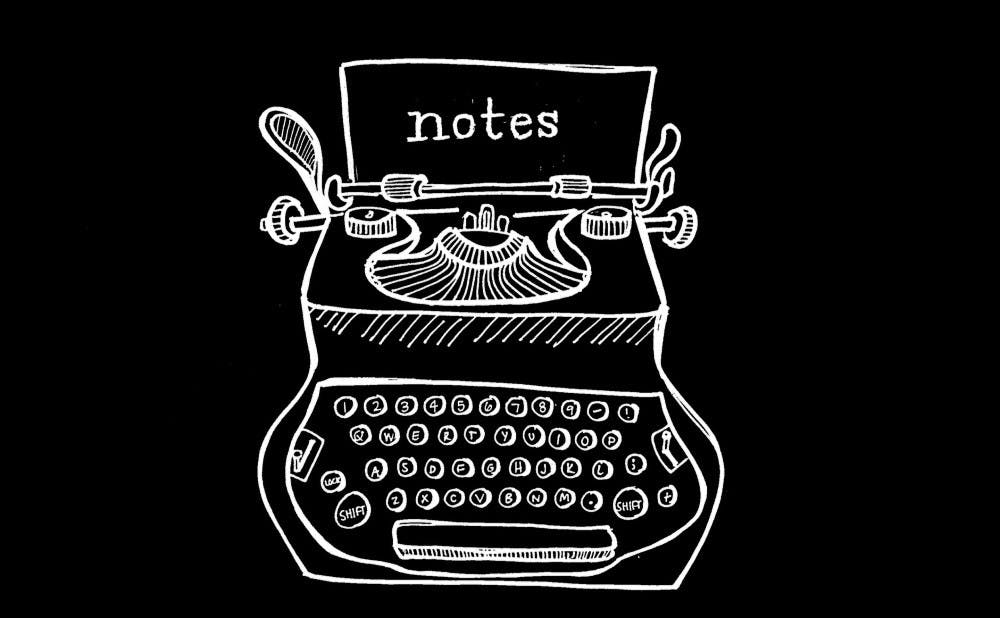At the end of each year going back at least to early high school, I’ve compiled a master playlist of my favorite songs of the year. Early on, as the aspiring music critic I was (at least in my head), these tended to be attempts at the definitive “best-of” list, the rankings dictated as much by what I felt I should enjoy as by what I actually did.
Lately, weary of that compulsion to quantify and sort, I’ve changed my tactic. Rather than answer the question, What was the best music of this year?, I instead answer, What was I listening to this year? The result is a mix of old and new releases, spanning decades and genres, loosely organized by my own internal chronology, more travelogue than meticulously-sequenced mixtape. As a personal document, it’s as revealing as a traditional journal or photo album — or, for that matter, whatever algorithmically-curated playlist Spotify drops in my library at the end of the year.
There’s no doubt that the primary draw of a playlist like this is its seemingly endless capacity as a well of nostalgia, the illusion it offers of revisiting a year of life in the form of the songs that made it up. Yet this very defensiveness that comes with that word, nostalgia — whose context is, more often than not, pejorative — says a lot about how we’re accustomed to thinking about this ubiquitous state (I hesitate to call it an emotion, because it’s not) and, by extension, how we treat the past.
We at Recess are no strangers to nostalgia: What, if not nostalgia, is the driving force behind so much great culture? I’ve written on the topic, in some way or another, in these pages many times before. But in our culture at large, we seem to have every reason to be skeptical of nostalgia. Critics themselves are averse to the term; if a work is “nostalgic,” that’s code for derivative, inessential, uninspired. On the other hand, at its most cynical, nostalgia is a marketing tactic. And it’s one of the most prevalent ones at that, because, quite simply, nostalgia sells: It’s the reason why we don’t have new franchises anymore and why, instead, we have Greta Van Fleet. The term has more pernicious connotations, too: Nearly every nativist or nationalist movement that has cropped up around the world in recent years is driven, at some base level, by a longing for a past that never was, and a desire to return there through power and force.
On the micro level, nostalgia is generally seen as a wasteful habit, antithetical to a future-focused modern world. It’s synonymous with idleness and self-indulgence, a wholly unproductive use of energy. The past, after all, can be comforting, and it’s easier to pretend you can return there.
But to me, nostalgia’s power lies in this essential impasse. Unlike many other psychic states, the object on the other end of nostalgia is fundamentally illusory; art historian and critic Jennifer A. Gonzàlez calls it “a desire for desire itself,” explaining the peculiar union of melancholy and comfort the sensation provokes. It’s only when the gap between the past and the narrative constructed around it is believed to be navigable that nostalgia becomes especially dangerous. If one reconciles with the irreconcilability of past and present, nostalgia can be a creative, and indeed, celebrated, process.
For one, it’s the means by which most people construct their sense of self and relate to their own history. We naturally favor certain memories over others, and with the value we invest in each moment — by way of nostalgia — a coherent narrative emerges, even if it’s constantly shifting over time and across experiences. Gonzàlez also points out that these personal narratives, manifested physically in souvenirs and other objects endowed with nostalgic significance (which she calls “autotopographies”), help save these stories from the impersonal sweep of “history,” where they would otherwise be trampled, forgotten. If, as Joan Didion wrote, “We tell ourselves stories in order to live,” then nostalgia may be our single greatest tool for survival.
Nostalgia, then — and the objects we keep to store it — act as protective mechanisms against the destructive processes of time and history. I like to see my playlists, insignificant to an outsider as they may be, as doing much the same. For me, they’re a reminder of the past that I can revisit from time to time. For the songs themselves, they’re a sort of protection of cultural artifacts that are supposedly obsolete, past their sell-by date.
I suppose that previous generations would have turned to records or tapes for the same purpose. Having been raised in a post-iTunes world, I’m less sentimental about the physical product — an MP3, to me, has nearly the same tactility as a 12-inch vinyl, in its own way. Equally well, those playlists fulfill their purpose as a personal record and as a vessel for nostalgia: our reminder that the past is neither worthless nor worth returning to.
Will Atkinson is a Trinity junior and Recess culture editor.
Get The Chronicle straight to your inbox
Signup for our weekly newsletter. Cancel at any time.

